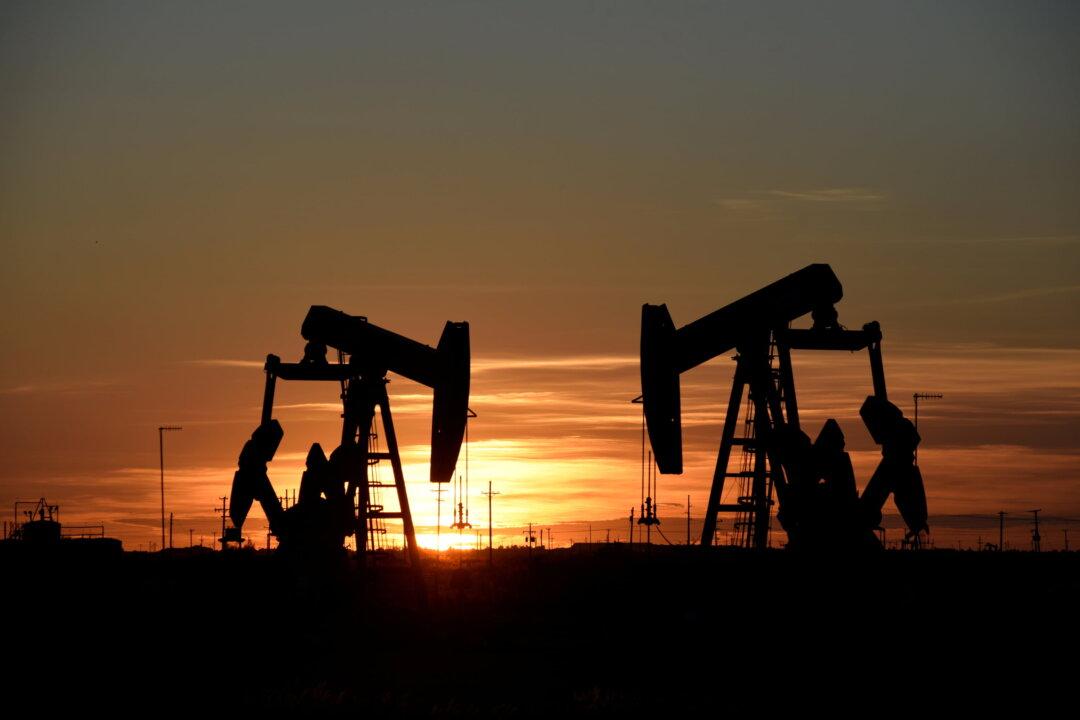News Analysis
Since Saudi Arabia and OPEC+ crude oil producers announced additional production cuts of about 1.16 million barrels per day (bpd), there has been increasing concern that these efforts will affect U.S. consumers by adding to inflationary pressures, particularly at the pump.





